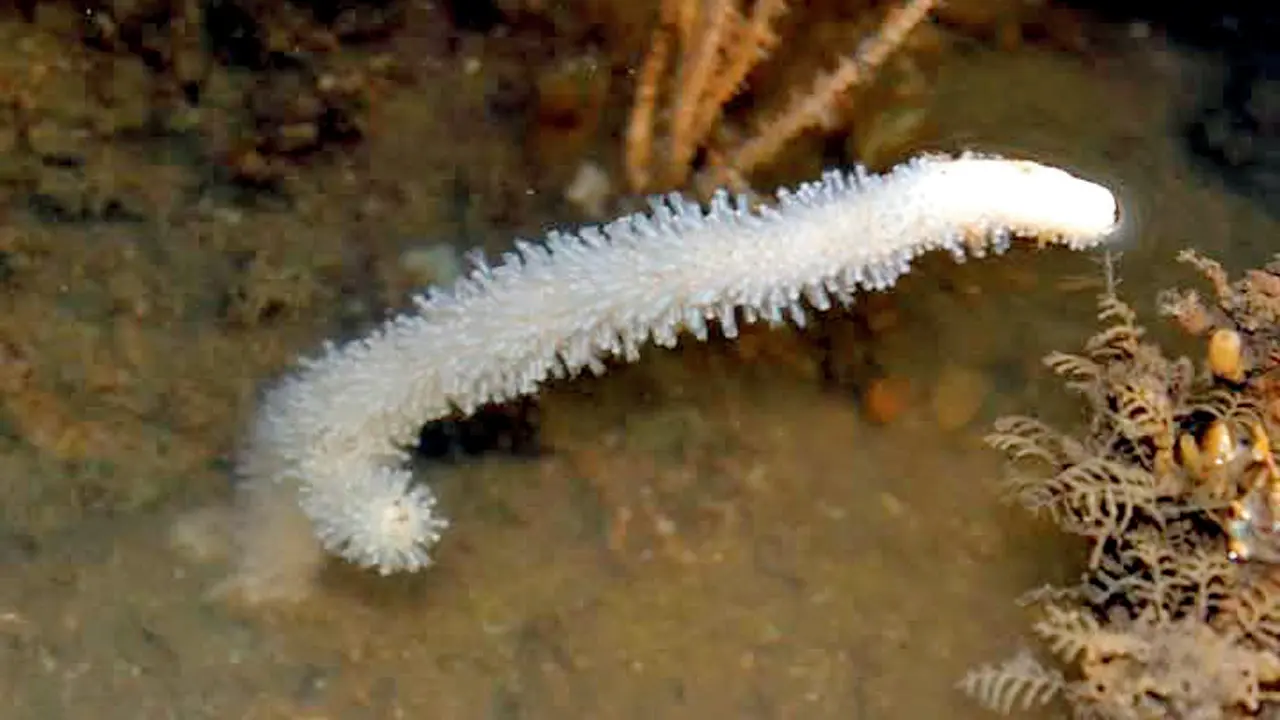Sources: 
Recent biodiversity surveys around the rocky outcrop near Mumbai’s Chhatrapati Shivaji Maharaj Memorial reveal a disturbing ecological decline. Researchers found that several sessile colonial organisms, including key octocoral species like
Menella indica and
Echinogorgia sp, have vanished entirely.
This loss is more than just species disappearance; experts warn it signals a
collapse in the ecological balance of the marine system. The site, an offshore extension of South Mumbai’s rocky coastal ecosystem, has undergone alarming changes in under a decade.
Contributors to this decline include
climate change and ongoing
coastal road construction, which disrupt the delicate marine habitat. As Mumbai’s coastline rapidly transforms due to urban development, these findings highlight the urgent need to reconcile
development and conservation efforts.
Experts emphasize that the disappearance of these sessile organisms, which play critical roles in marine biodiversity, serves as a stark reminder of the fragile balance between human progress and environmental preservation.
“The disappearance of gorgonians is not just a loss of individual species; it signals a collapse in the ecological balance of the entire system,” researchers noted.
This ecological crisis at a high-profile development site underscores the broader challenge facing Mumbai: can rapid urban growth coexist sustainably with marine conservation?
The findings call for urgent, integrated strategies to protect marine biodiversity while accommodating necessary infrastructure development along Mumbai’s coastline.
Sources: 
Researchers report alarming marine biodiversity loss near Mumbai’s Shivaji statue site, with key octocoral species like Menella indica disappearing. Experts warn this signals ecological collapse amid rapid coastal development, highlighting urgent need to balance urban growth and marine conservation.
